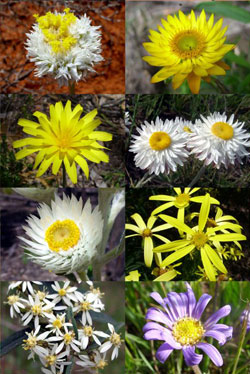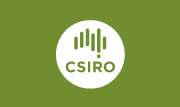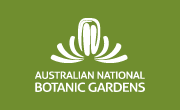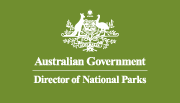Systematics and Evolution (HA)

(click to enlarge)
|
Asteraceae
Project Leader: Alexander Schmidt-Lebuhn
The daisy family (Asteraceae or Compositae) is the largest of all plant families with an estimated 20,000 to 25,000 species worldwide. From a human perspective, it is highly relevant because it includes economical, culinary or medical plants such as murnong, sunflower, marigold, lettuce, chicory, artichoke, chamomile, absinthe and tarragon as well as numerous ornamentals, but also a great number of weedy representatives. The daisies are represented in Australia with ca. 1,000 native species, constituting an important part of plant biodiversity especially in arid and alpine habitats. In addition, there are ca. 200-300 introduced species, a higher percentage than for most other plant groups, and several of them are declared noxious weeds.
|
![An Australian Government Initiative [logo]](/images/austgovt_canbr_90px.gif)

![An Australian Government Initiative [logo]](/images/austgovt_canbr_90px.gif)



